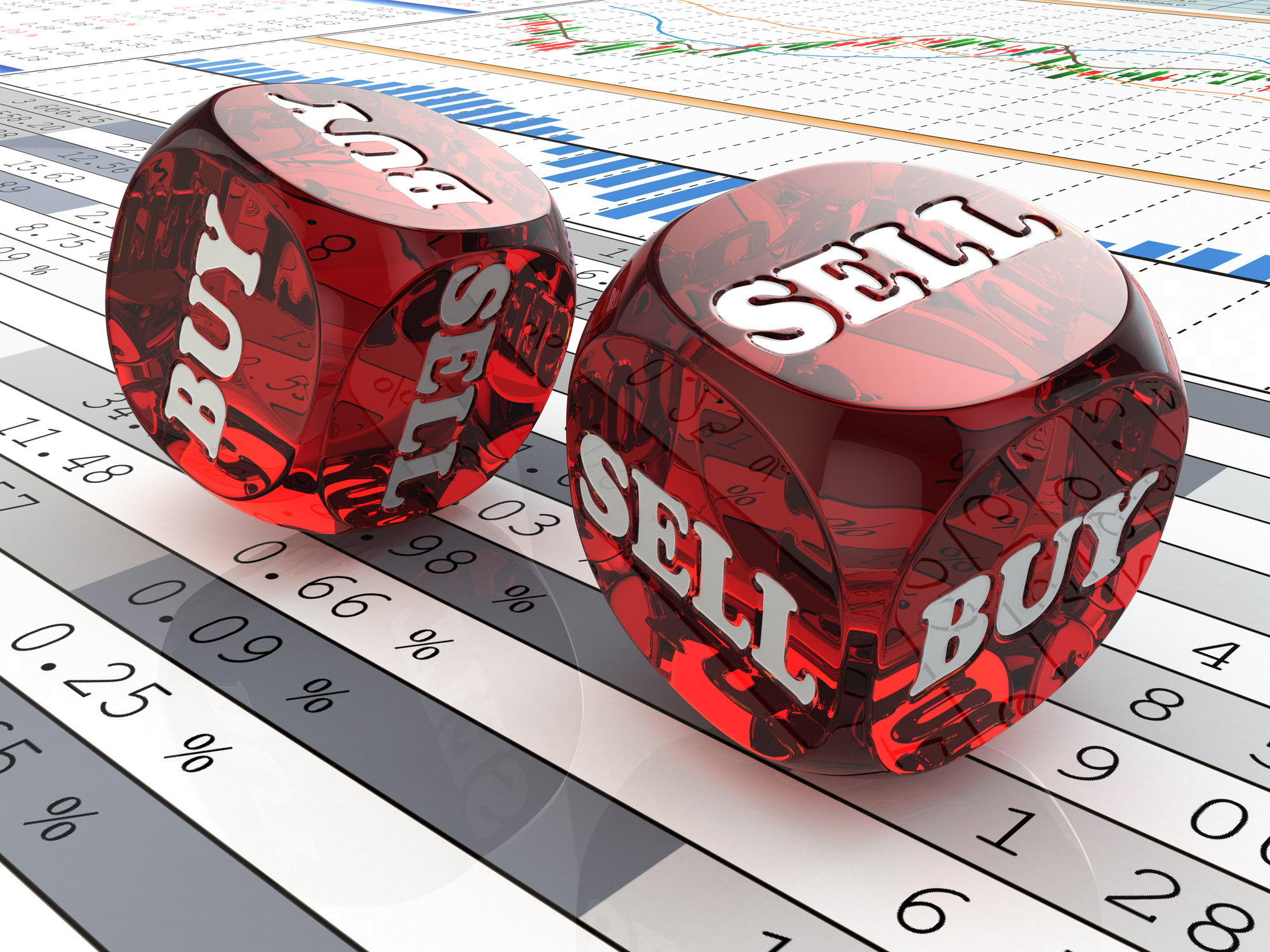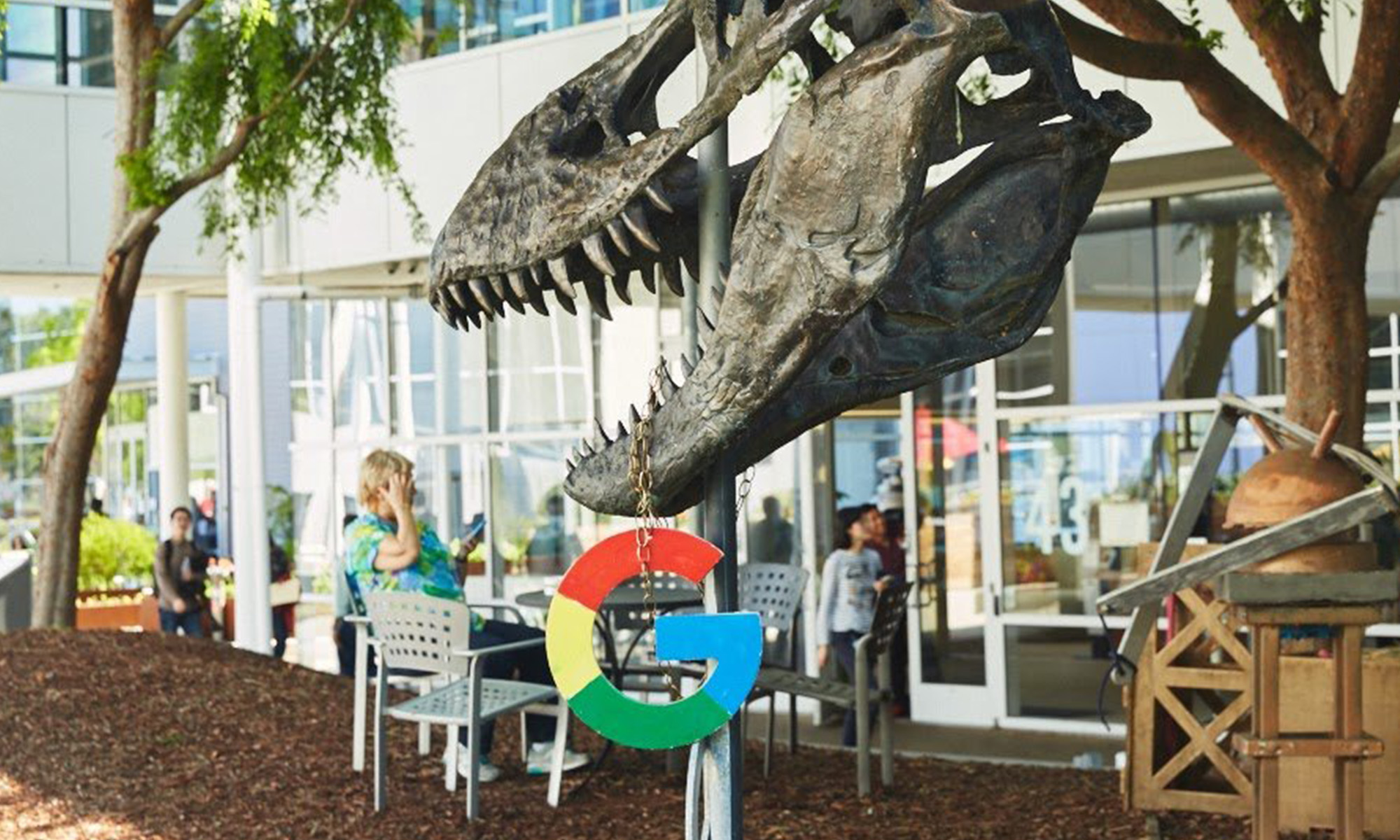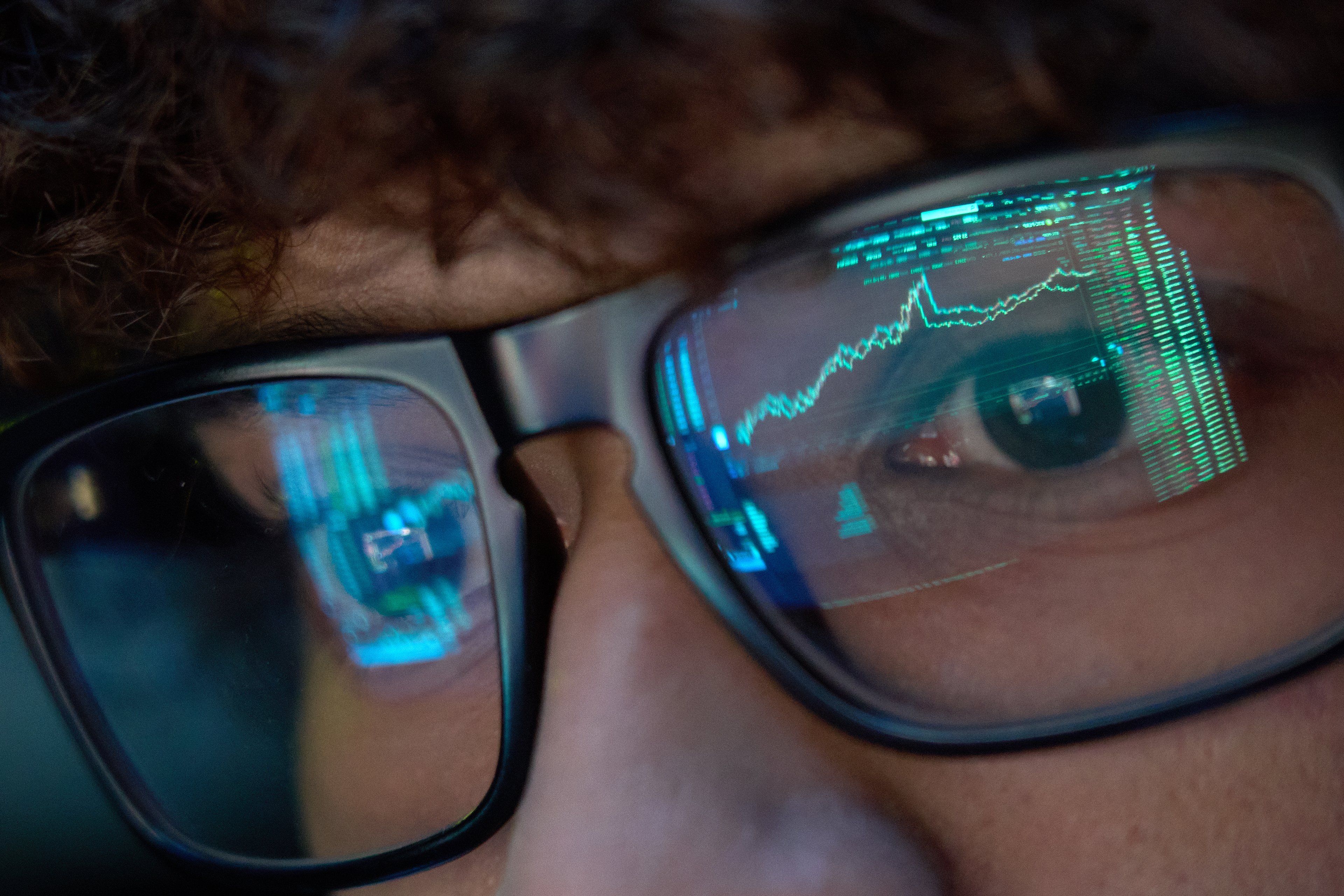Facebook (FB 1.70%) is battling pressure -- both internally and externally -- regarding the number of ad impressions on its flagship app. It made several changes to the News Feed algorithm that put pressure on user engagement and decided nearly two years ago to stop increasing the number of ads in News Feed. Meanwhile, it's faced backlash from the Cambridge Analytica debacle, resulting in users potentially sharing and liking less.
Ad impressions on Facebook's flagship app fell 17% year over year in the second quarter among the marketers sampled in Merkle's Digital Marketing Report. Nonetheless, Merkle's advertisers still spent 40% more on Facebook ads than they did last year. What's more, Instagram is proving an extremely valuable source for additional ad inventory.
Here's why Facebook investors don't need to worry about falling ad impressions.

Image source: Facebook.
Users are clicking on ads like never before
Ad impressions might have declined 17% year over year on Facebook, but ad clicks are increasing. The click-through rate on Facebook's News Feed ads increased 44% year over year in the second quarter, according to Merkle. So, even with a 17% decline in impressions, total ad clicks increased nearly 20%.
Facebook's biggest focus in recent years has been on improving the return on investment for advertisers. That challenge has become a lot harder since Facebook no longer has control over its ad inventory; the fixed ad load makes it more subject to user engagement.
The company's move to focus News Feed more on friends' posts than Page posts may have increased the number of clicks going toward sponsored content, since users aren't clicking on as much organic content from businesses. Additionally, Facebook continues to roll out new tools for targeting and creative campaigns to improve the odds of users clicking on marketers' ads.
The improvement in click-through rate is largely reflected in the price increase in cost-per-impression, which was up 70% year over year. The rest of the increase in average price stems from increasing demand, particularly from smaller businesses.
Last quarter, Facebook reported an average price increase of 39% across all of its advertising platforms. Facebook should see a similar number for the second quarter -- perhaps a bit higher. That's because Instagram is a growing part of the business and is sacrificing growth in price for growth in impressions. The photo-sharing app saw a 10% decline in average ad price during the second quarter, according to Merkle.
Instagram is still just getting started
While Facebook is seeing a decline in ad impressions, the number of ads seen on Instagram is exploding. Impressions more than tripled year over year, according to Merkle's data.
The growth in impressions is fueled by user growth. Instagram reached 1 billion users at the end of the second quarter. That's up from about 700 million at the same time last year. Instagram Stories is also growing like crazy, going from 250 million daily users to 400 million within the past year. And those users are increasingly engaged on the platform.
At the same time, Instagram is cramming more ads into users' feeds and in between users' Stories. The rapid growth in impressions has kept average ad prices relatively flat (down 10% year over year in the second quarter), but that's encouraged a lot more advertisers to experiment on the platform. In fact, Merkle's data only includes data from companies that were also advertising last year. The total number of advertisers on Instagram is still climbing quickly, so ad impressions are growing even faster than Merkle's report suggests.
Most advertisers are still spending dramatically more on Facebook than they are on Instagram. The average revenue per user on Instagram was just 40% of that on Facebook last year, according to eMarketer. Both of those facts will change quickly over the next few years, driving significant revenue growth for parent company Facebook.
So even as ad impressions on Facebook's core product are falling, the company is still in great shape. Its continual improvements to ad formats and the News Feed have produced better advertisements that marketers are willing to pay more for. And there's still a massive amount of potential to monetize Instagram.






